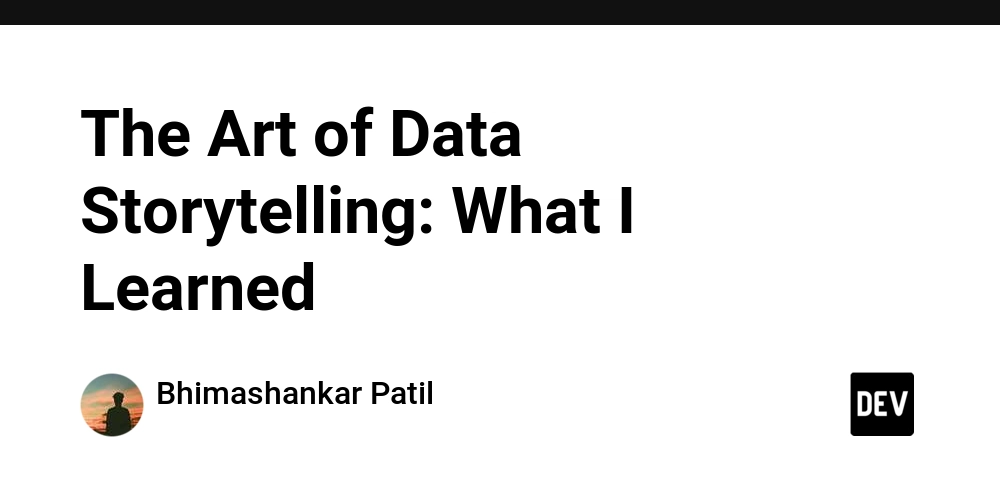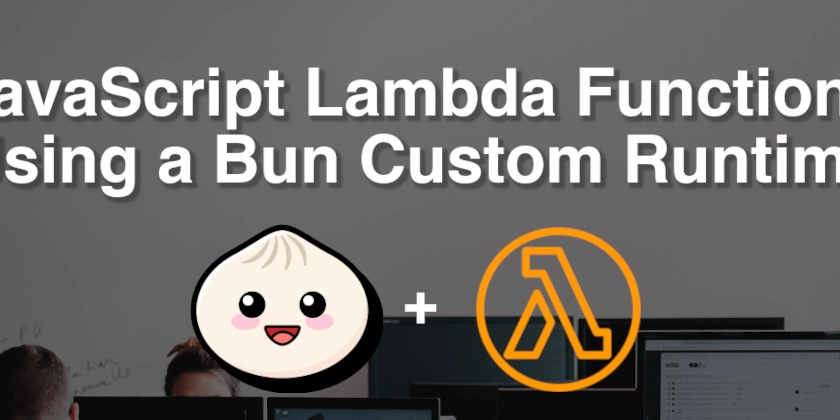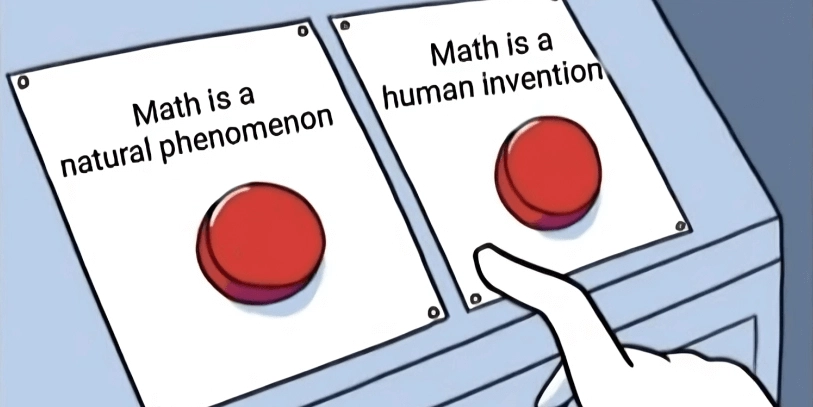
JavaScript Form Essentials: Events, Elements, and Dynamic Control
Want to build dynamic web forms with JavaScript? Understanding the fundamentals is critical. This article breaks down JavaScript form handling into easy-to-understand concepts and practical applications. Learn about form elements, events, and collections to build more interactive and user-friendly web pages.
What are HTML Forms in JavaScript?
Forms collect user input and send it to a server, but their role extends beyond simple data submission. Because forms are part of the Document Object Model (DOM), JavaScript can access and manipulate them. Control form fields like <input>, <textarea>, and <select> dynamically. Forms are a key part of making web pages interactive with JavaScript.
Understanding Common Form Elements and Their Properties
Here’s a quick rundown of HTML form elements:
<input>: Used for single-line text, passwords, and more.<textarea>: Allows multi-line text input.<select>: Creates a dropdown list of options.- Checkboxes: Enable users to select one or more options.
- Radio Buttons: Allow users to select only one option from a group.
Access values using dot notation, like input.value for text fields or input.checked for checkboxes. The values for inputs, textareas, and selects are strings, for checkboxes and radio buttons, the values are boolean.
Navigating Form Collections in JavaScript
Collections are array-like structures that organize form elements. Here's how to use them:
-
document.forms: Access all<form>elements in your document. -
form.elements: Access all elements within a specific form.
Mastering Focus and Blur Events for Form Interaction
Form elements are naturally navigable with the Tab key. Focusing on an element means it's ready for input, so you can initialize data or set the stage for interaction. A blur event occurs when an element loses focus, signaling the user has finished. You can then trigger functions like data validation or storage.
Key Form Events in JavaScript Explained
Leverage these events to create dynamic form interactions:
changeEvent: Triggers when a user finishes changing a field (after losing focus or clicking elsewhere). Use it when a form field has been modified.inputEvent: Fires in real-time as the user modifies a value (typing, deleting, etc.). With the Input event, you have access to every new keystroke.submitEvent: Triggers when a form is submitted (via button click or pressing Enter). Use it to validate data and control submission.
Take your JavaScript Form Handling to the Next Level
Understanding these foundational concepts empowers you to build interactive and user-friendly forms with JavaScript. Explore advanced techniques such as utilizing FormData and sendBeacon for streamlined form handling. Dive into the world of dynamic form creation and elevate your web development skills.























